With WWDC and the iPhone launch wrapped up, Apple’s major 2025 events are behind us, but several product refreshes remain on the horizon before the calendar flips to 2026.
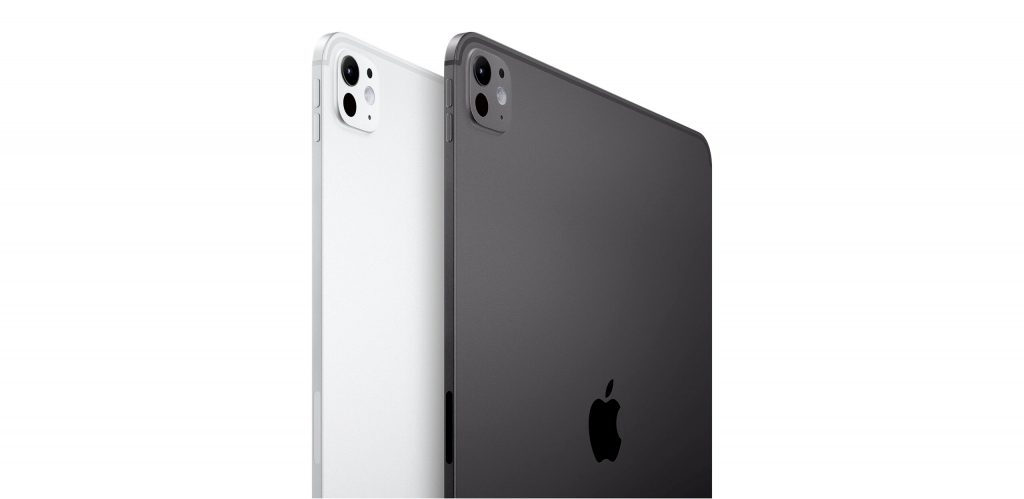
M5 iPad Pro Details Leak Ahead of Launch
An unboxing video that surfaced earlier this week revealed substantial information about Apple’s next iPad Pro, which will feature the new M5 chip in both 11-inch and 13-inch configurations.
The design carries over from current M4 iPad Pro models, but performance metrics show notable improvements. Benchmark results indicate the M5 delivers roughly 12 percent faster multi-core CPU performance versus the M4, with GPU performance jumping approximately 36 percent. RAM increases to 12GB from the current 8GB—matching the configuration in iPhone Air and iPhone 17 Pro devices.
Speculation about a second front-facing camera persists, which would enable video calls in both portrait and landscape orientations. The leaked video didn’t clearly show this feature, though its absence from early footage doesn’t rule it out entirely.
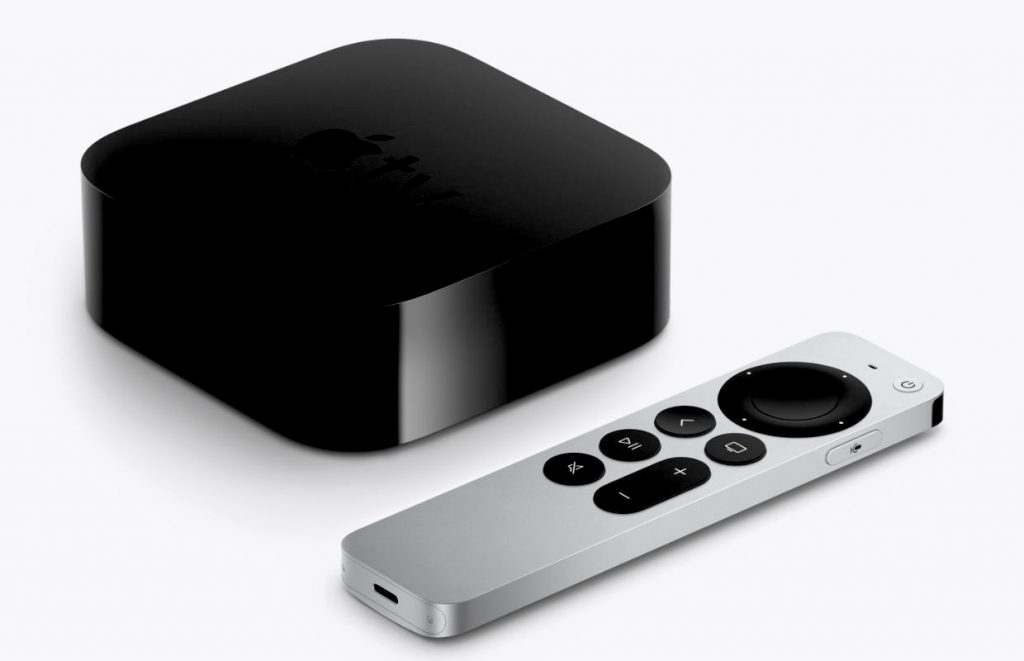
Apple TV Gets First Update Since 2022
The set-top box hasn’t seen a refresh in three years, making it overdue for an upgrade. While the external design appears unchanged, internal improvements should deliver meaningful performance gains.
Code discoveries indicate the upcoming Apple TV will run on the A17 Pro chip, the same processor Apple introduced with the iPhone 15 Pro lineup. This chip already powers the iPad mini 7 and supports Apple Intelligence, potentially bringing enhanced search capabilities and smarter content recommendations to the streaming device.
A completely redesigned Siri experience is coming, though not until spring 2026—well after the expected Apple TV launch later this year. The A17 Pro’s advanced GPU includes hardware-accelerated ray tracing, opening possibilities for console-quality gaming experiences that current Apple TV hardware can’t deliver.
The new model will incorporate Apple’s custom-designed N1 networking chip handling both Bluetooth and Wi-Fi connectivity. This component already shipped in recent iPhone models, so its inclusion across other 2025 products makes strategic sense.
Pricing strategy remains unclear, though Apple might introduce a more affordable option to compete with budget streaming devices like the Amazon Fire Stick, which offers 4K streaming under $50.
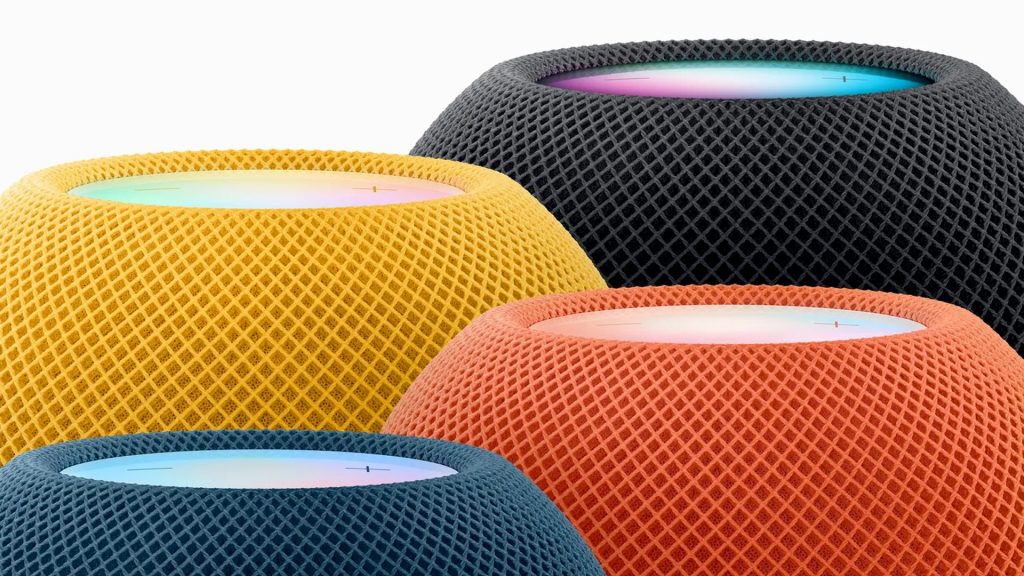
HomePod Mini Finally Gets Attention After Five Years
Since its 2020 debut, the HomePod mini has received zero updates, but that drought ends this year with a chip upgrade and new color options.
The refresh brings an updated S-series processor, likely the S10 chip from Apple Watch Series 11. The original HomePod mini used the S5 chip from Apple Watch Series 5, though Apple customized it with Ultra Wideband capabilities specific to the speaker.
Performance improvements from the S10 will enhance computational audio for real-time tuning and potentially enable more on-device Siri processing. Recent Apple Watch chips include altimeters that could improve positioning and audio orientation, while the four-core Neural Engine in S9 and later chips might unlock additional functionality.
Like other 2025 products, the HomePod mini adopts Apple’s N1 networking chip with support for 6GHz Wi-Fi networks.
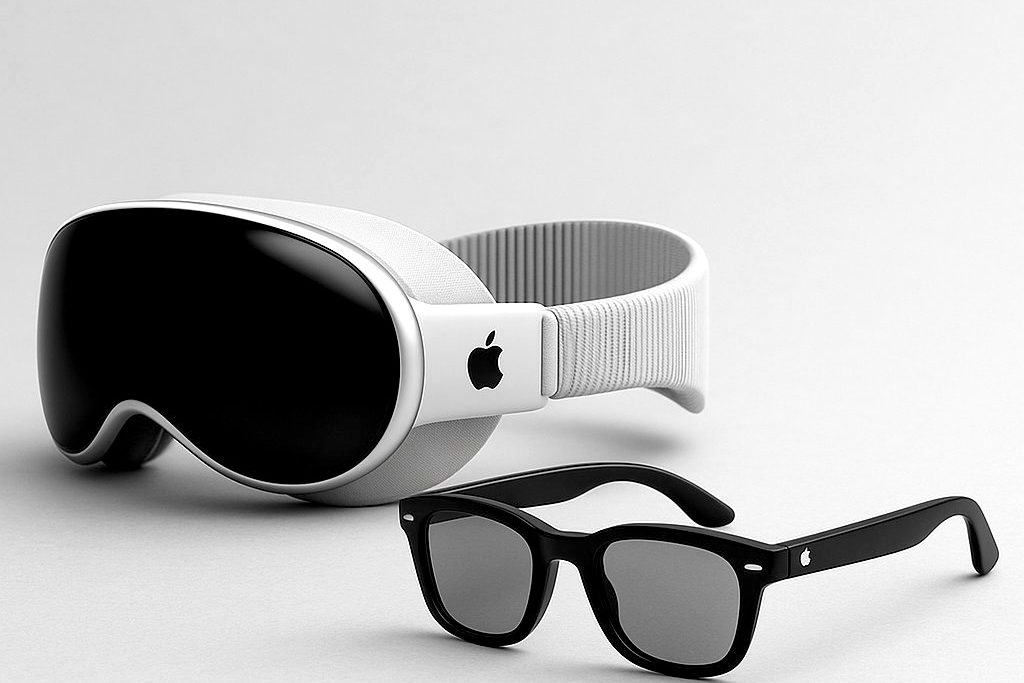
Vision Pro Refresh Focuses on Performance
Apple plans to swap the Vision Pro’s M2 chip for the M5, but this update appears entirely performance-focused with no design modifications planned.
The company might introduce an improved head strap to address comfort complaints about neck strain and head pressure during extended use, though this accessory would be separate from the core headset revision.
FCC filings accidentally exposed the next Vision Pro alongside several other upcoming Apple products, confirming a 2025 launch window according to current rumors.
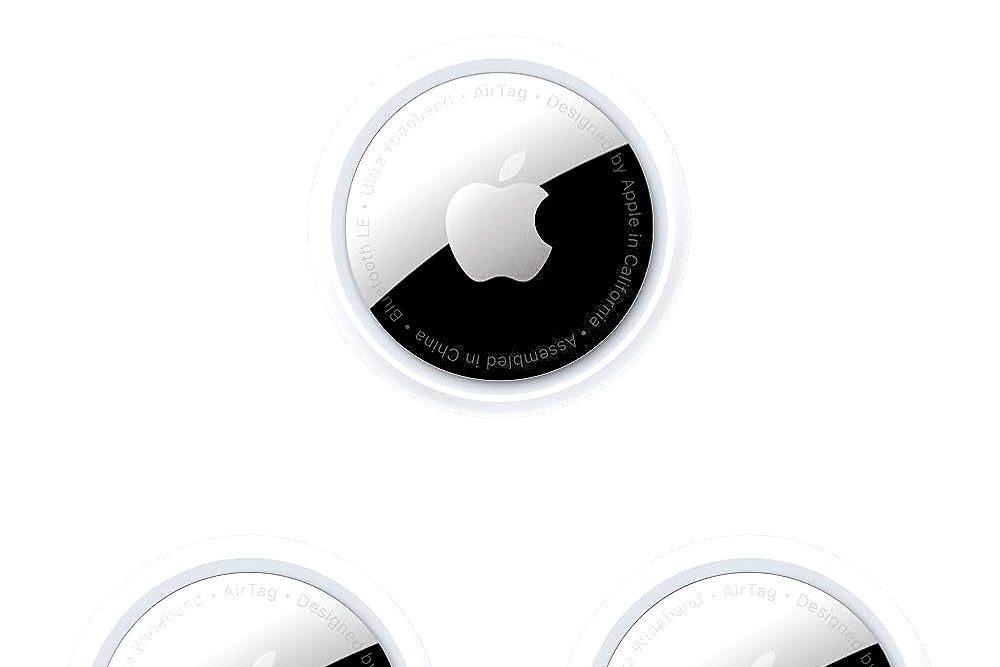
AirTag 2 Gains Range and Anti-Tampering Features
The tracking accessory’s second generation maintains the current form factor while adding meaningful internal improvements.
Apple is making the speaker harder to remove, preventing tampering that allows hidden tracking without sound alerts. A second-generation Ultra Wideband chip triples the tracking range compared to first-generation AirTags.
Hopes for rechargeable batteries or alternative form factors like slim wallet versions appear unlikely based on current information.
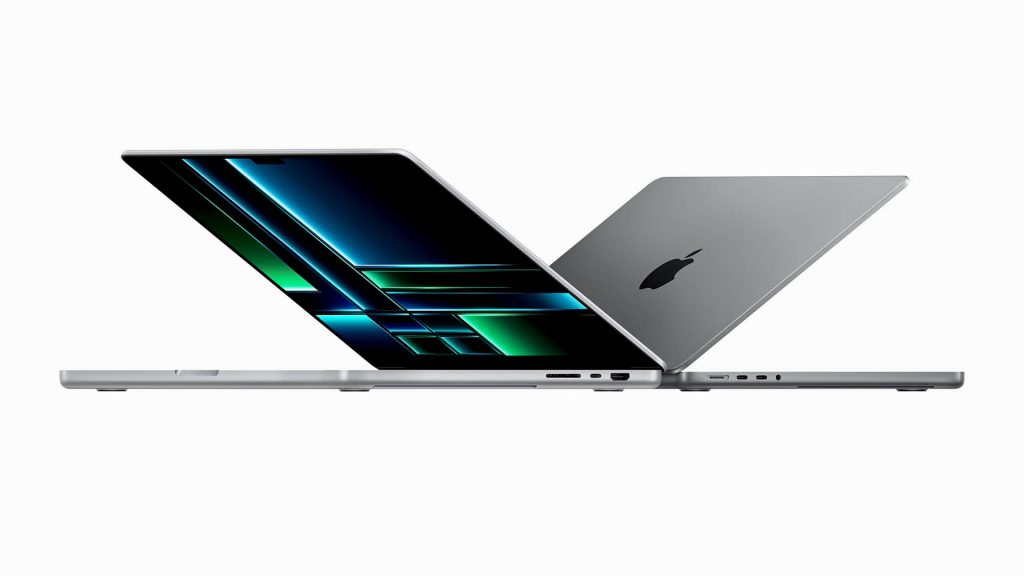
MacBook Pro Launch Timing Remains Murky
FCC filings included a MacBook Pro, but the limited number of variants suggests this might not represent a full lineup refresh.
Apple could introduce a base M5 MacBook Pro while holding M5 Pro and M5 Max versions for later—a staggered approach the company has used previously. This strategy would align with M5-equipped iPad Pro and Vision Pro launches rumored for 2025.
Bloomberg’s Mark Gurman has shifted his timeline predictions throughout the year, first suggesting late 2025, then early 2026, and most recently stating “between late 2025 and early 2026.” This uncertainty makes planning difficult.
The situation gets more complicated considering Apple’s OLED MacBook Pro development, scheduled for late 2026. An early 2026 M5 launch followed by a late 2026 OLED version creates a compressed refresh cycle—unless OLED technology gets pushed to 2027. Getting all M5 models out in 2025 might make more strategic sense.
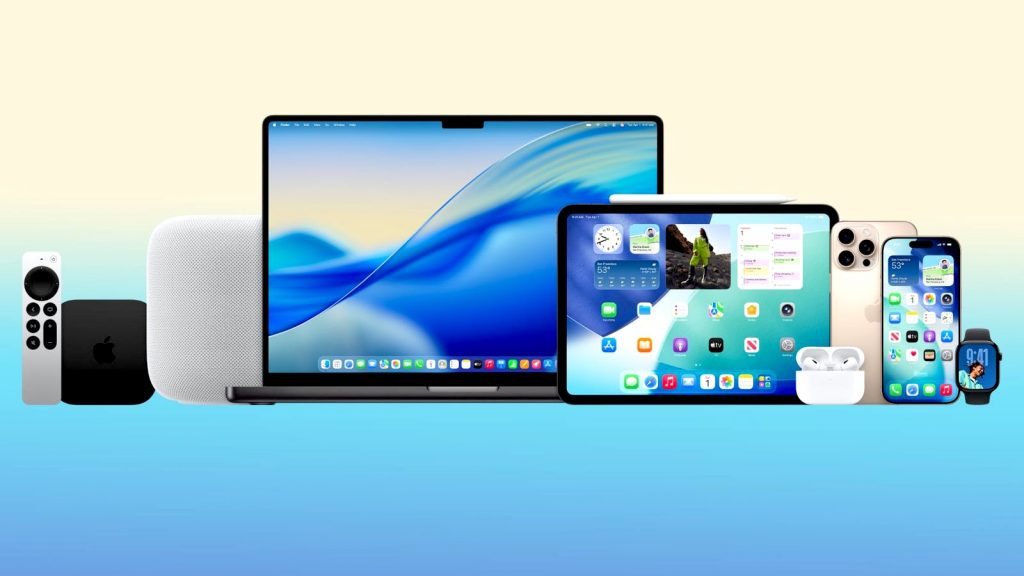
October Event Possibilities
Apple sometimes holds a second fall event in October or November following its September iPhone presentation. This year’s likelihood remains uncertain.
Most rumored product updates involve internal component upgrades without dramatic external changes, which Apple could announce through press releases rather than events. The company took that approach in 2024 with M4 Mac releases, though it held a “Scary Fast” Mac event in October 2023.
Apple typically unveils new Apple silicon generations at events. The M1 debuted at a November 2020 event, M2 at WWDC, M3 in October 2023, and M4 at a May 2024 event. Since we haven’t seen M5 yet, an event remains plausible.
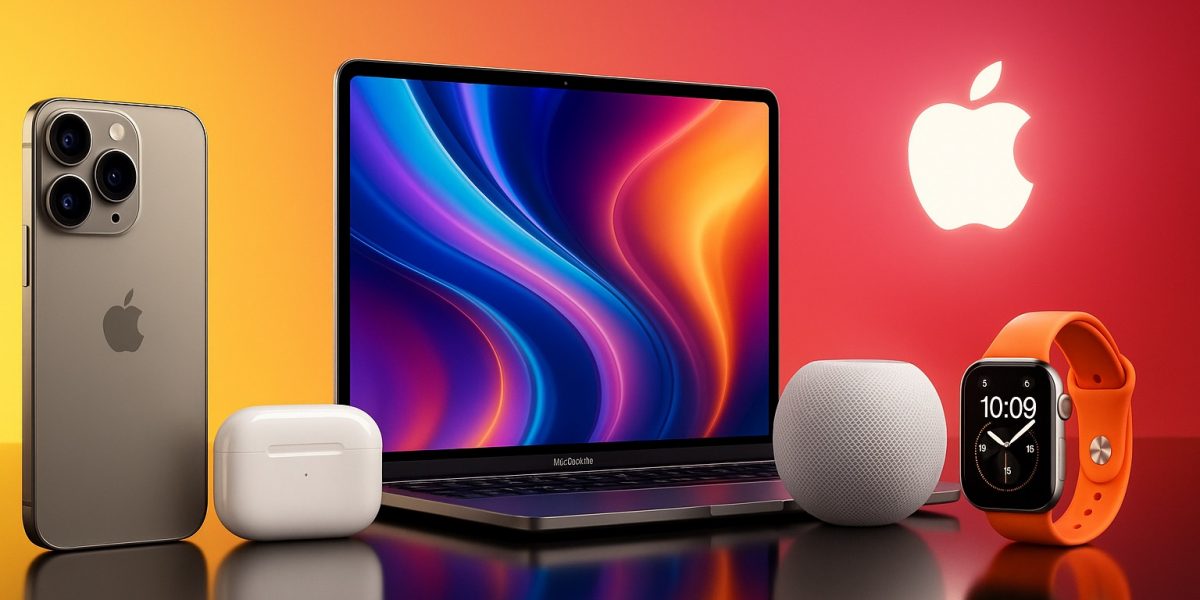



Post a comment